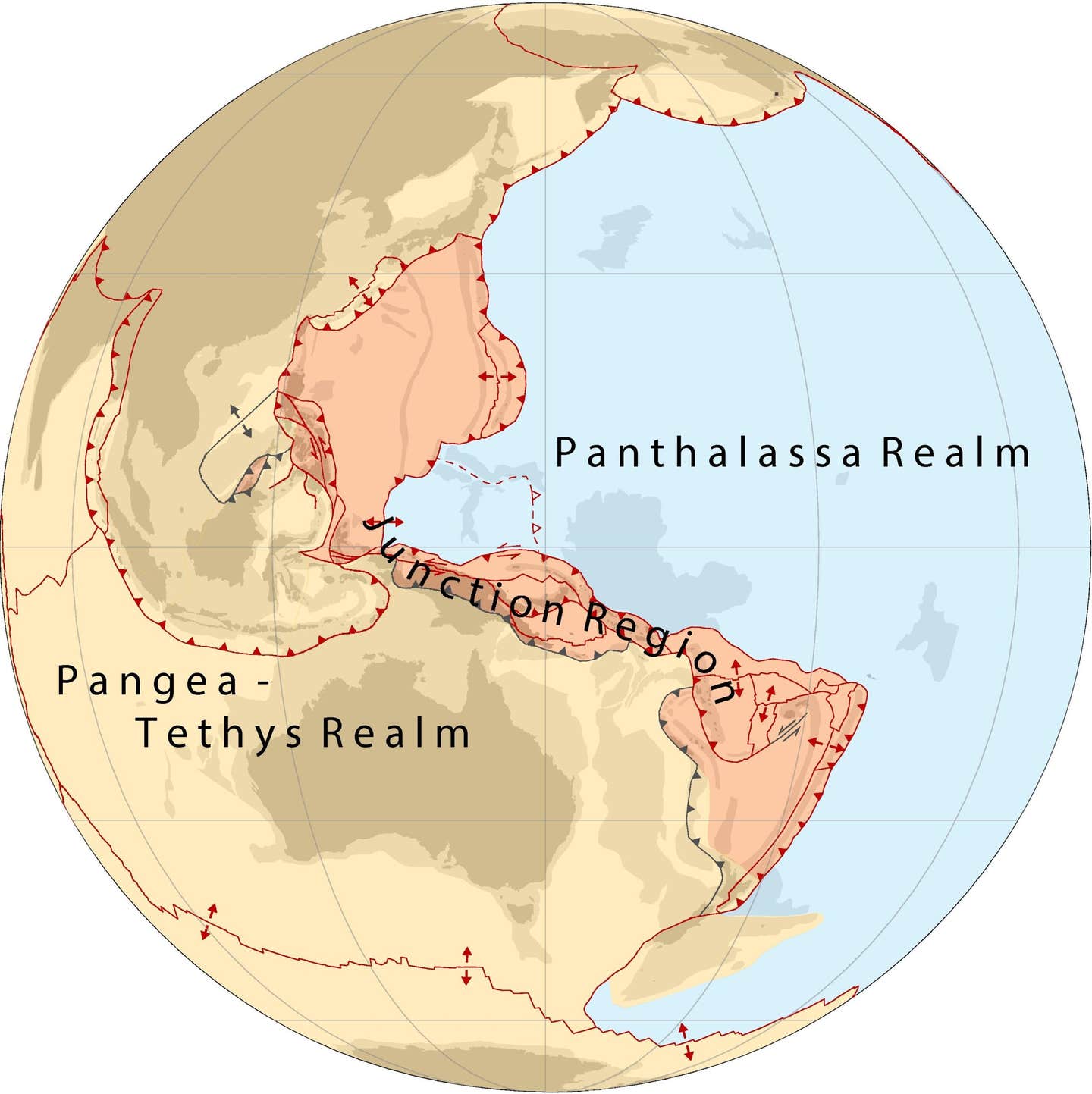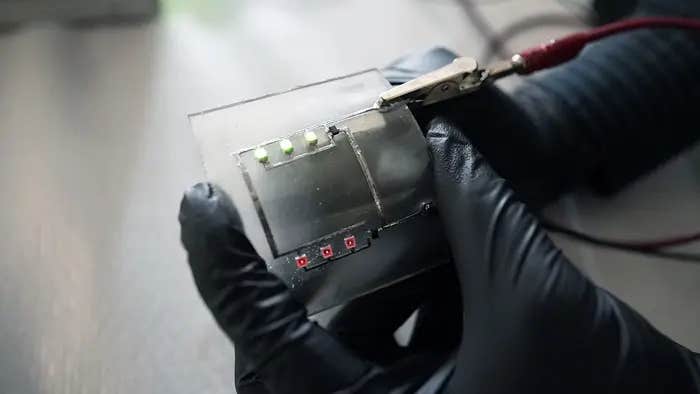Wild killer whales spotted sharing their food with humans in multiple acts of kindness
Wild orcas have been seen offering food to humans, revealing rare acts of interspecies altruism and complex social behavior.

Killer whales have been caught in the act of offering fish and other prey to humans. (CREDIT: National Geographic for Disney+/Hayes Baxley)
In the deep blue waters of the world’s oceans, some of the most intelligent and social creatures on Earth are engaging in behavior that challenges long-held assumptions about the divide between humans and wildlife.
Killer whales, also known as orcas, are not just powerful hunters or majestic swimmers. They may also be attempting to connect with humans in a surprisingly thoughtful way—by sharing their food.
Unexpected Gifts from the Sea
Over a period of two decades, researchers documented 34 separate incidents where wild orcas approached people and offered them items. These offerings weren’t random. They included a wide range of prey such as fish, squid, birds, marine mammals, and even a piece of seaweed. The humans were in various locations: in the water, on boats, or standing on shore. In most cases, the orcas waited to see how the person would respond, and in several, they tried more than once to hand over the item.
Jared Towers, lead author of the study and a scientist at Bay Cetology in British Columbia, said these events may reflect the whales’ prosocial tendencies. “Orcas often share food with each other—it’s a prosocial activity and a way that they build relationships with each other,” he explained. “That they also share with humans may show their interest in relating to us as well.”
Towers conducted the study with Ingrid Visser of the Orca Research Trust in New Zealand and Vanessa Prigollini of the Marine Education Association in Mexico. Their research was published in the Journal of Comparative Psychology.
The trio gathered firsthand accounts, video evidence, and photos, carefully filtering them to include only situations where the orcas approached the humans on their own and dropped an item in front of them. In all but one case, the whales waited for a reaction. In seven of the 34 instances, the whales tried again when the humans didn’t accept the initial offering.
A History of Sharing
Food sharing isn’t new among animals. Many social species, including dolphins and primates, pass prey to others as part of bonding, teaching, or alliance-building. These exchanges often start with parents feeding their young but can expand to include distant relatives or even unrelated individuals. Among humans, similar acts of kindness or generosity are known as altruism.
Related Stories
In wild animals, true altruistic behavior—acts that have no immediate benefit to the giver and may involve some risk or cost—is much rarer. But it does happen. False killer whales, a close relative of the orca, have also been seen offering large fish to human divers.
In one striking example from 1984, a whale swam toward a diver carrying a 100-pound tuna in its mouth, dropped the fish in front of the person, and watched. When the diver returned the fish, the whale calmly took it back and then shared it with its companions.
Such behavior might seem simple on the surface, but it touches on complex systems like reciprocity, empathy, and even gratitude. These actions suggest a kind of generalized altruism—acts of kindness given without any guarantee of return.
What Motivates a Wild Animal to Share?
Animals like orcas, with large brains and strong social ties, might use food sharing not just for survival, but as a way to build or test relationships. Scientists believe these behaviors could help them navigate their social world, just as people do through acts of trust or generosity.
Different theories explain why an animal might give away something valuable. Some involve kin selection—helping relatives to ensure the survival of shared genes. Others are based on long-term mutual benefit. A whale might offer food now, trusting that the act will lead to cooperation later, either with another whale or, possibly, a human.
More complex ideas, like upstream reciprocity, involve helping others because one has been helped in the past. In other words, the act of giving may not always be about the present moment, but about a larger system of social exchange. In animals with strong memories and learning abilities, this system can evolve into culture.
In killer whales, distinct groups have been found to form cultures that pass down hunting techniques and vocalizations over generations. These are stable, complex communities, and the whales learn from one another much like humans do. Some even show signs of playfulness, innovation, and curiosity about other species.
“Offering items to humans could simultaneously include opportunities for killer whales to practice learned cultural behavior, explore or play and in so doing learn about, manipulate or develop relationships with us,” the researchers wrote.
A Glimpse into Converging Minds
The idea that wild animals might offer food to people is rare, but it holds deep meaning. Most documented cases of such interspecies behavior come from animals that were raised or trained by humans. Domestic pets like dogs and cats have been seen bringing toys or prey to their owners. But wild animals typically avoid humans, especially when it comes to sharing resources.
There are a few historical exceptions. Some reports involve wolves or monkeys providing food to abandoned human children. Leopard seals have offered penguins to underwater photographers. But overall, these moments are few and far between.
That’s why this new study stands out. These killer whales were not trained or fed by people. They initiated contact in natural settings, across multiple oceans, and interacted with people of all ages and backgrounds. The fact that both male and female whales, of all ages, were involved suggests that this behavior is not isolated. It may be spreading or developing as part of a broader pattern.
The implications go beyond biology. They suggest that orcas may recognize humans as beings worth interacting with—not just as observers, but as potential partners in a social exchange. This mirrors the kinds of connections seen among dolphins and great apes, species already known for their intelligence and complex relationships.
As scientists continue to study these behaviors, they may gain insight into the cognitive abilities of whales and how they view the world around them. And in turn, humans may need to reconsider how we view them—not just as subjects of study or symbols of the wild, but as minds with motives, feelings, and possibly even intentions.
What the Future May Hold
This growing evidence could inspire deeper respect and new protections for orcas in the wild. Understanding their social behavior may also help shape better guidelines for human-whale interactions, especially as more people venture into marine environments for tourism or research.
These whales are not just performing tricks or showing off—they may be trying to say something. And while we can’t be certain of their exact message, their actions suggest a simple truth that crosses the boundary between species: meaningful connection can begin with a gift.
Note: The article above provided above by The Brighter Side of News.
Like these kind of feel good stories? Get The Brighter Side of News' newsletter.
Rebecca Shavit
Science & Technology Journalist | Innovation Storyteller
Based in Los Angeles, Rebecca Shavit is a dedicated science and technology journalist who writes for The Brighter Side of News, an online publication committed to highlighting positive and transformative stories from around the world. With a passion for uncovering groundbreaking discoveries and innovations, she brings to light the scientific advancements shaping a better future. Her reporting spans a wide range of topics, from cutting-edge medical breakthroughs and artificial intelligence to green technology and space exploration. With a keen ability to translate complex concepts into engaging and accessible stories, she makes science and innovation relatable to a broad audience.



